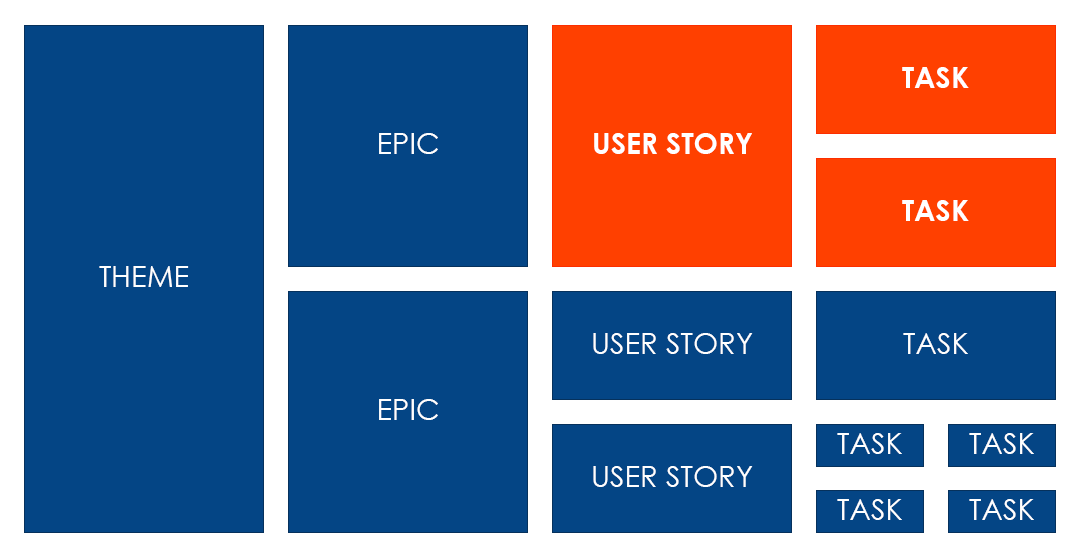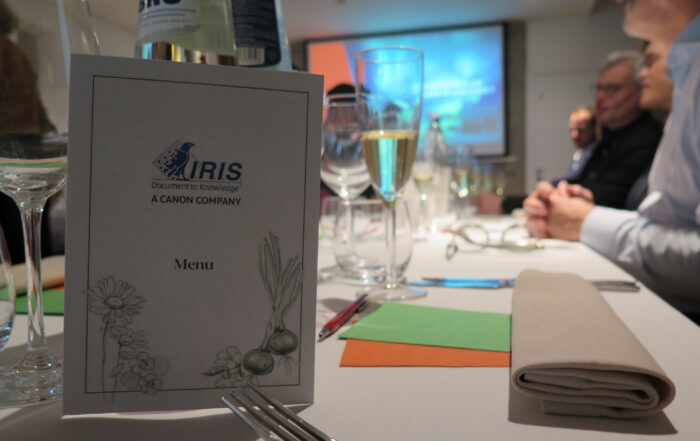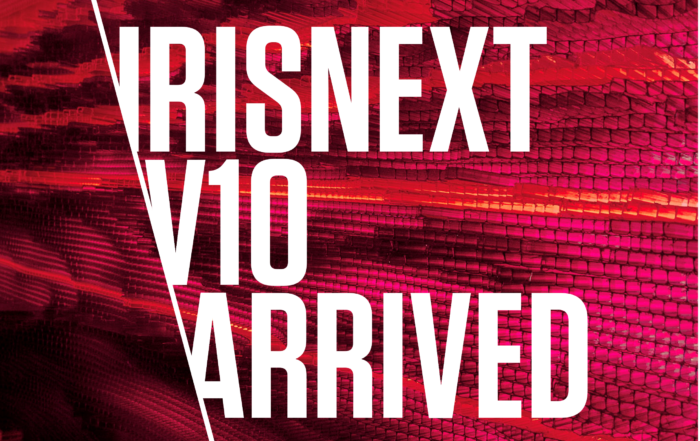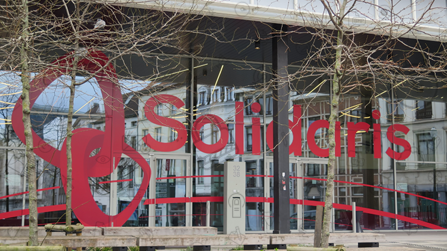In agile software development, user stories help to define the added value of a product feature. Next to this they deliver a better understanding of why users want a certain functionality. The result? A shift from writing down product features to discussing the features amongst the different stakeholders.
A user story is an informal, general explanation of a software feature written from an end-user perspective. A user story is a part of broader elements such as epics and a theme and is divided into tasks. An epic represents a combination of user stories that have a broader strategic objective in common. When epics have a goal in common, they are grouped together under a theme, representing a broader organisational objective.
The creation of a user story has multiple advantages for your organisation: it delivers the highest value to the project team, fosters team collaboration, brings users closer together, enhances incremental building, boosts transparency, creates shared understanding and finally reduces risk.

Writing a User Story
A user story has to be quantifiable so its description is often written from a user point of view and illustrates what they want and why.
In order to write a story, you have to make up the list of your end users, define what actions they may want to take, find out what value this will bring to them and discuss acceptance criteria.
Let’s illustrate this with an example
Application to build
A company wants to offer its customers a new interactive way to communicate, in order to boost customer intimacy and market share.
They plan to build an application wherein a customer can see all the goods he has bought. This application will be available on a smart phone as well. Among different features such as login, searching and ordering, a chat function is available to ask questions. Documents can be exchanged to file for warranty and other services. All discussions are stored in the application and get a status attached, to provide actual insights and ensure a timely response.
There are multiple user stories to be created from this use case, in this example we will highlight the situation where a company employee handles a request.
Example of a User story
“As an internal company user I would like to receive the request and be able to respond to the end-customer in a timely matter.”
Examples of Tasks
- Receive request
- View file in browser
- Create an answer
- Reply to sender
- Set automatically a status per step in the process







